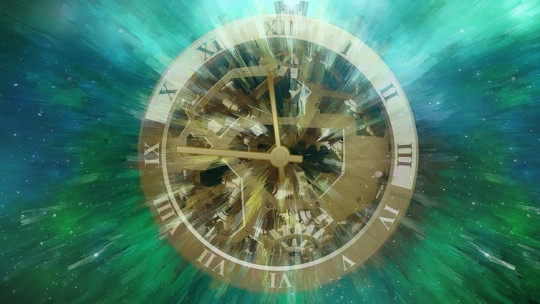Nostalgia remembers, recognizes and confesses something from the past A smell, a voice of a loved one who has already passed away, a house where we spent our childhood, our friends, laughter, a song that takes us back to a special time in our lives, are part of nostalgia. It appears, for example, when we look at a photo, in a state of stillness, and that face that we look at so much acquires movement.
We go back to lived moments, generally pleasant ones, that remain stored in our memory and we tend to return to them, becoming “nostalgic.” They are “pleasant” moments, because, in general, we do not feel nostalgic for painful moments or times, nor do we want to return to them.
The psychological implications of nostalgia
The nostalgia It occupies moments of illusion in our memory, it is sweet and sour at the same time , since it takes us to situations that are impossible to return to. It is impossible to return to a time, but we can travel to it. Nostalgia appears attached to lived memories.
The fact of, through nostalgia, confronting the reality that we cannot return to a time, leads us to a state of sadness. Sadness of not being able to meet the person who left, that the house you remember no longer exists or has a different story, sadness of that smell that will never return, sadness that the years of youth have passed and we will not be able to recover it.
Nostalgia is also rooted in archaic sensory experiences which we do not remember but we always try to return to them, through our current love ties.
Fortunately, as we are beings who fall and get up constantly, because that is life, the despair that we can feel for what will never return, naturally leads us to hope and the illusion of what is to come, as well as to hold on and appreciate how much remains and to embrace the age we are, to accept our aging bodies.
Emotional pain linked to memories
If nostalgia brings pain, We must make the effort to project a future with images and sensations just as pleasant as those we need Try to replicate what we experienced, be loving with others in the same way they were with us. We need the ability to create new mental illusions and have our feet on the ground to be able to carry them out. Being grateful is also a very strong tool. Being grateful for what we had saves us and makes us stand up stronger.
Sadness is so intimate that it separates us from the outside world. It comes from the depths of our being, it is like a blanket that runs over our entire body, and we feel like we are floating. Covered in pain. It can be temporary, last hours, or entire days. It can appear in a happy moment and mix with a smile, with a look, where a crack appears.
When one surrenders to sadness, hatred and anger disappear We surrender, we accept injustice or loss. We stay within ourselves, we no longer fight. Sadness gives us over to tears.
There is a possibility that when sadness is not accepted or processed properly, hatred takes root and the person decides to expel it outside of themselves, in order to experience the pleasure of destroying the cause of their discomfort, instead of accepting and facing it. This is when violence towards the other arises.
However, although sadness can make us feel like we are floating aimlessly in the sea, it has the virtue of generating a new space where laughter, positive thinking, or the ability to project new horizons can unfold. Many times, joy and happiness come after a journey through grief.
A state of sadness is then no longer an opportunity to get out and start again. This turn from sadness to joy can happen several times in a day, once a day, or simply every once in a while, since it is both intimate and random and has to do with the personal history of each individual.









